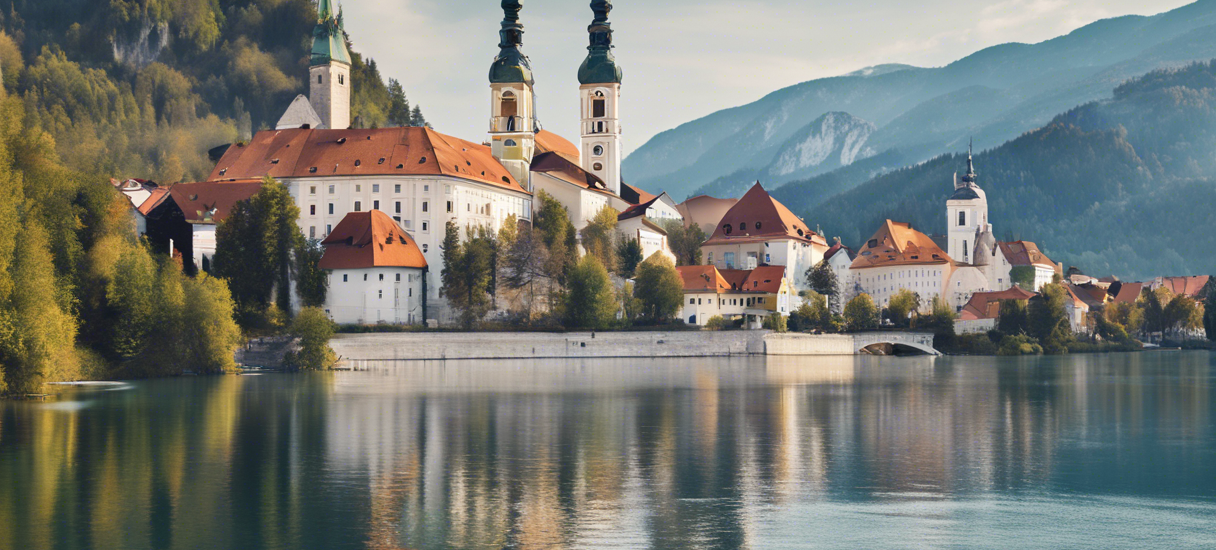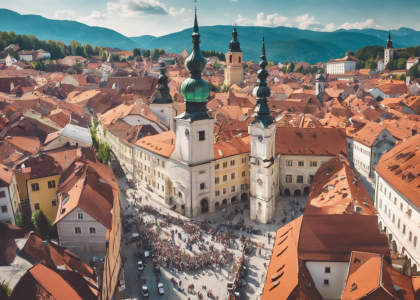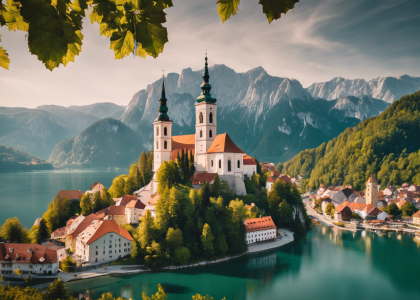Slovenia’s political landscape has been dominated by the Slovenian Democratic Party (SDS) since its independence in 1991. However, recent years have seen a rise in opposition parties and a shift in the country’s political landscape.
The 2018 Slovenian parliamentary election saw a major upset, with the center-left party LMŠ winning a narrow victory over the SDS. This marked the first time in decades that a party other than the SDS had won the most seats in the National Assembly. The LMŠ, led by Prime Minister Marjan Šarec, formed a coalition government with several other opposition parties, including the Social Democrats and the left-wing Levica party.
Since then, Slovenia has seen a shift towards more progressive policies and a push for greater social and economic reforms. The new government has introduced measures such as increasing the minimum wage and implementing a nationwide healthcare system, which have been met with both support and criticism from different political factions.
In addition, Slovenia has also faced challenges in its relationship with the European Union, with the country withholding its support for EU sanctions against Russia due to economic ties. This has sparked debates on the country’s stance towards the EU and potential impacts on its foreign relations.
As Slovenia gears up for its next parliamentary election in 2022, the political landscape remains fluid and unpredictable. With




